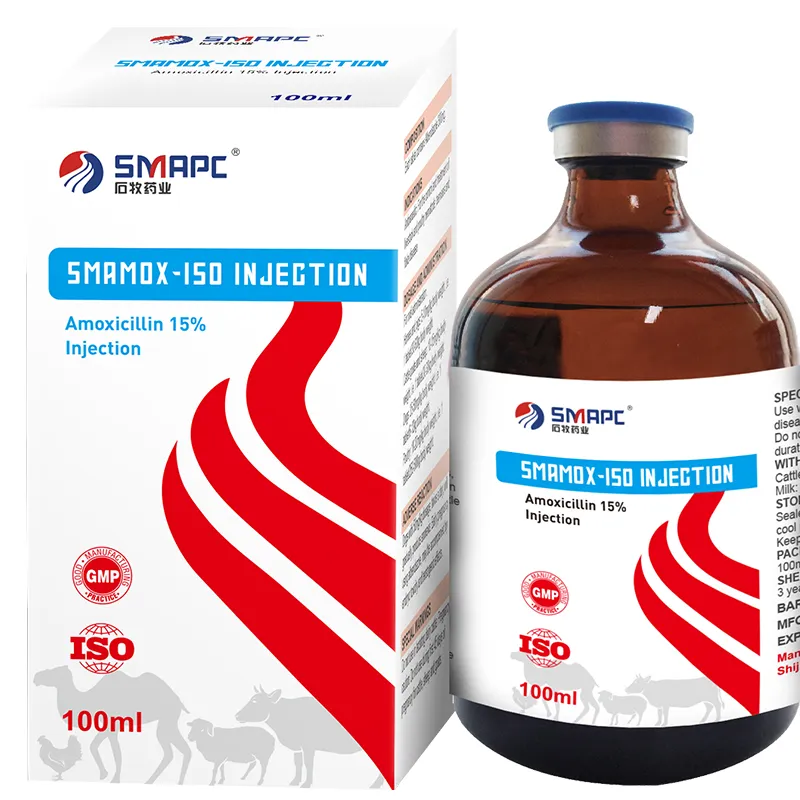In conclusion, managing dog fever with appropriate medication is an important aspect of pet care. Understanding the signs of fever, the safe use of medicine tablets, and the importance of veterinary consultation can empower dog owners to provide the best care for their furry friends. Always prioritize your pet’s health and well-being by being informed and proactive in their healthcare journey.







